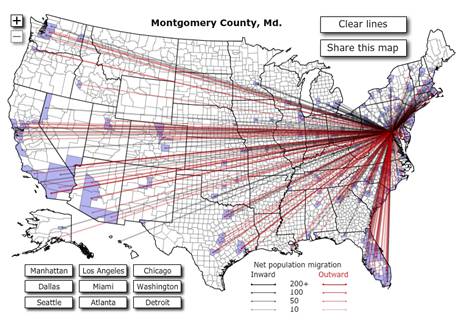
Go west, young man. Or south. Or, generally, somewhere other than here.
Map from Forbes.

Go west, young man. Or south. Or, generally, somewhere other than here.
Map from Forbes.
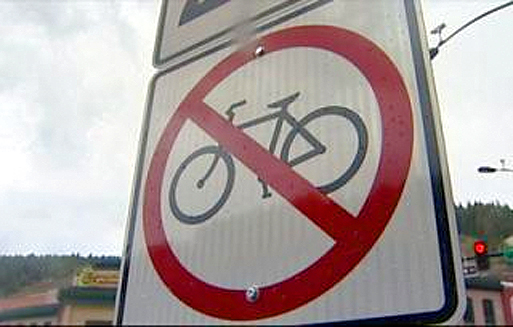
For all those cyclists that find the ‘burbs an unfriendly place to bike, you can take comfort that it’s not as bad as it could be. A friend sent this to me under the facetious heading “Finally, a town who’s planning decisions I can get behind,” and it’s just too precious not to share.
It seems the town of Black Hawk, Colorado has thought it wise to prohibit cycling on all public streets. The city claims that “with all the buses, trucks and cars already trying to crowd the historic town’s narrow streets, the addition of bikes is a hazard.” According to officials, the new law has the full support of the citizenry and the local casinos, which happen … Continue reading
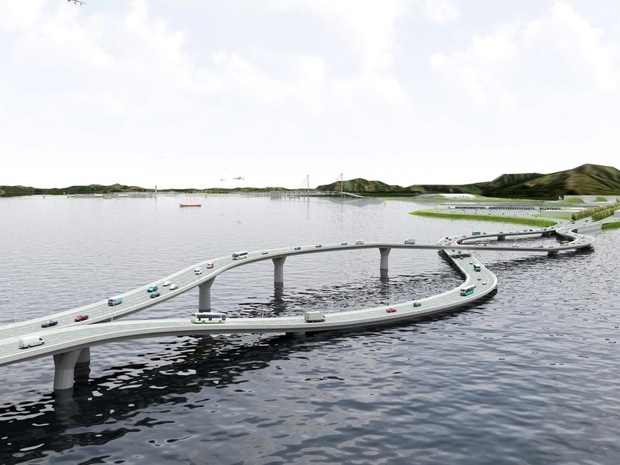
An elegant, simple design solution to an uncommon traffic problem. This is design as problem-solving at its best.
The Flipper Bridge.
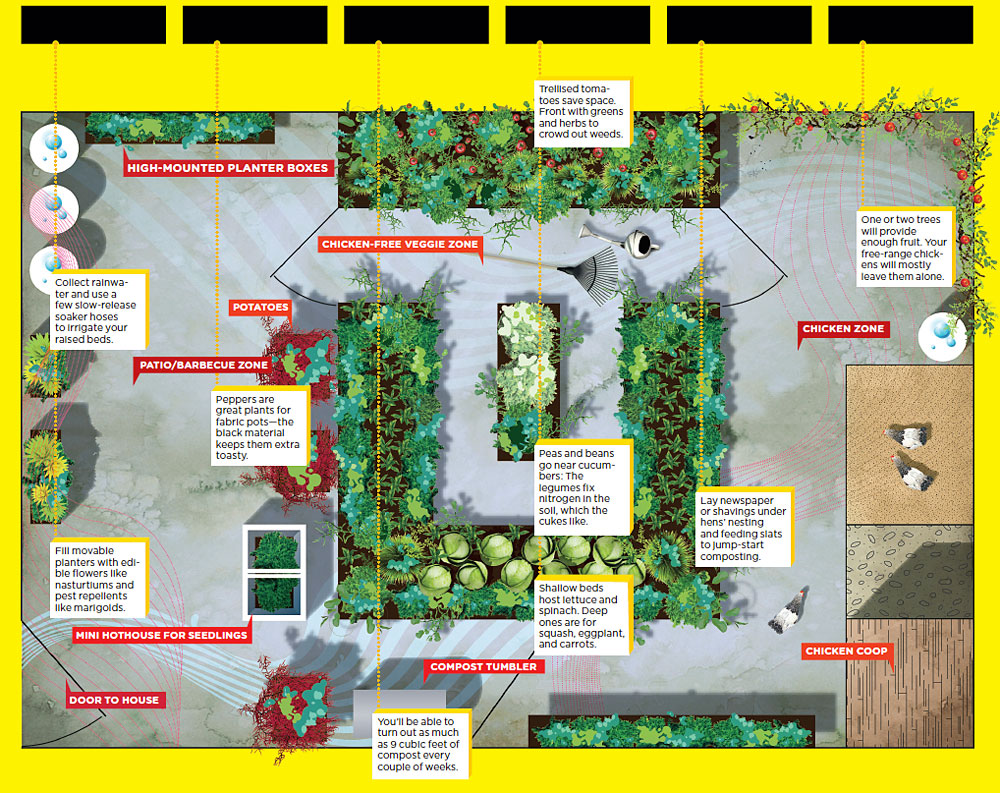
On a recent trip for my aunt’s wedding, I had a chance to stop by my grandparent’s place in a small town in CT. One of the first things I noticed, being who I am, is that the community open space was either play space or community garden space. My grandmother, of course, has a small plot where she can grow flowers and some veggies and generally keep active in a town where there isn’t much else to do – especially for seniors (or kids, for that matter). I don’t think we can overstate how important connections to nature and food are and how community gardens, playgrounds, and open space bring people together and promote health, well-being, happiness, etc. … Continue reading
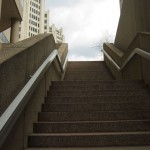
The suburbs are often derided for being one-dimensional–row after row of “ticky-tacky.”
Turning a corner reveals no surprise, but sameness to the point of confusion. Isn’t the tired Dad who pulls into the wrong driveway a popular trope of movies, sit-coms, and commericals?
We can’t expect urban richness of the sort described by Alfred Kazin in A Walker in the City. The noise, smells, and general decrepitude would be unacceptable. But the hand of generations can add layers, paths, and landmarks to a suburban landscape.
In Bethesda, a place more varied than you might imagine, there is some complexity created by the old B&O rail line that is now a segment of the Capital Crescent Trail. You can walk … Continue reading
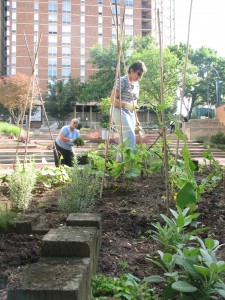
Well, so far, so good. We survived that freaky hail storm a few weeks ago and the seedlings are grabbing whatever sun they can. With the invaluable help of our building maintenance crew we’ve worked out a way to water the garden with minimal hose lugging.
At last night’s weeding party we even harvested a few sprigs of basil, grabbed as they were about to flower. We also thinned the beets and swiss chard, and staked up the tomatoes, cukes, and pole beans.

Three articles in the New York Times caught my eye this weekend. Bill Cunningham cast his stylish eye on the revelers at reinvented Coney Island, the About New York column did a follow-up on trashed clothing found outside H&M and Walmart, and the City Critic wrote about the potential for water taxis in Hudson and East Rivers.
They all come down to infrastructure and how you use it. Places, things, and ideas that we’ve abandoned often deserve a second look; they can have new value as our own values change. We used to think it was great to have a car and drive everywhere. Now, gassing it up, jockeying for lane space, and trying to park it can be an expensive pain. A fresh … Continue reading
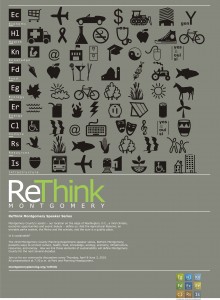
Last night, Joan Almon, Executive Director of the Alliance for Childhood, reminded us of the importance of mud puddles.
She began by outlining the importance of play (that is, undirected messing around, preferably outside). It helps children develop negotiation and social skills, and coordination between their brains and hands. They learn to wonder, concentrate, and overcome challenges.
But these days, children 6-8 years old spend only 12 percent of their time outdoors. Children 10-16 spend only 12 minutes a day in vigorous physical activity, but 10 hours a day in sedentary activities (is that an oxymoron?). You won’t be surprised to learn that they spend a whopping 53 hours a week (about 7 hours a day) with media–whether its … Continue reading
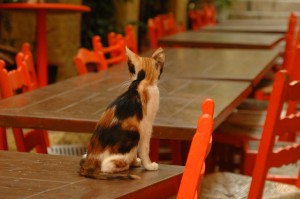
Designers think a lot about how wide sidewalks should be, what they should be made of, and how they should be decorated with wastebaskets and benches. Should they also think about what happens on a sidewalk?
A book from the MIT Press, Sidewalks: Conflict and Navigation Over Public Space, (reviewed here) explores the role of sidewalks; more than a transportation route, they are our most prevalent public space. We know sidewalks are promenades for “the consuming public” but should they also be available to the homeless, to panhandlers, and to protesters?
What makes sidewalks so challenging and interesting is the interaction between public and private—the storefront enticing a passerby, a sidewalk café creating a public stage. In America we … Continue reading

Last night Michael Schaal, of the U.S. Energy Information Administration spoke about the outlook for future energy demand in the world and the United States.
Some of what he reported will not surprise you; we’ve heard a lot of this before.
Even with increased interest in renewable fuels, most of our energy needs will be met by fossil fuels. Demand increases with population and income, so demand is expected to increase in China, Russia, and India. Technology is helping us find new sources of fossil fuels. Technology is also helping us save energy; for example, the energy savings from more efficient appliances have helped keep US energy demand steady, even as we use more gadgets like cell phones and laptops.
Schaal pointed out … Continue reading